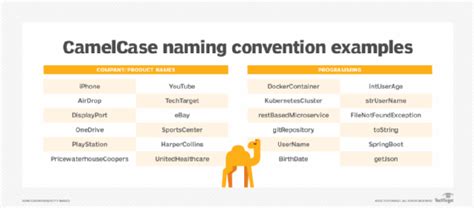The choice between CamelCase and underscores has been a long-standing dilemma in the realm of programming. While some developers swear by the clean aesthetics of CamelCase, others find the underscore approach more comfortable and familiar. One user aptly pointed out that underscore usage can ensure consistency in elements of an expression, making it easier to recognize individual components.
However, the debate goes beyond personal preference, delving into practical considerations. The comments shed light on the physical aspects of typing, with some users highlighting the ergonomic challenges posed by excessive underscores. This brings to the fore the importance of developer comfort and efficiency in code production.
Interestingly, the discussion extends to language design and readability impacts. Users shared opinions on how naming conventions influence code comprehension and maintenance. For instance, CamelCase proponents argue that it enhances the visibility of elements in expressions like method calls, promoting clarity and instant recognition of identifiers.
A fascinating observation emerged regarding the intersection of naming conventions with language paradigms. From the elegance of Lisp syntax to the intricacies of infix notation, the comments portrayed how different styles can harmonize or clash with language features. Such insights underscore the nuanced relationship between naming conventions and language design.
Moreover, user anecdotes highlighted the historical and cultural dimensions of naming conventions. From the evolution of naming rules in legacy languages like FORTRAN to modern-day language libraries showcasing diverse styles, the discussion encapsulated the dynamic nature of coding conventions over time.
Bringing a global perspective to the debate, comments touched on keyboard layouts and international coding practices. Insights from users using non-QWERTY keyboards underscored the impact of ergonomic considerations on naming choices, hinting at a localized lens through which developers approach coding standards.
In conclusion, the debate over CamelCase vs underscores transcends mere naming preferences, delving into developer workflows, code maintainability, and language syntax intricacies. By weaving together a tapestry of user perspectives, this discussion illuminates the multifaceted nature of naming conventions in the programming landscape.
As the tech industry continues to evolve, the naming debate serves as a microcosm of the broader discussions surrounding coding standards, language design, and developer ergonomics. The insights shared by users underscore the importance of thoughtful consideration when choosing naming conventions and the profound impact they can have on code readability and developer productivity.


Leave a Reply